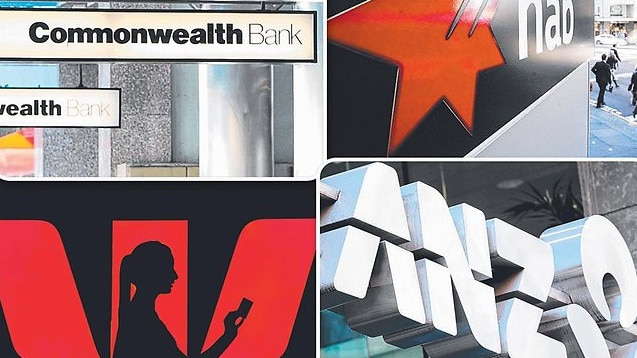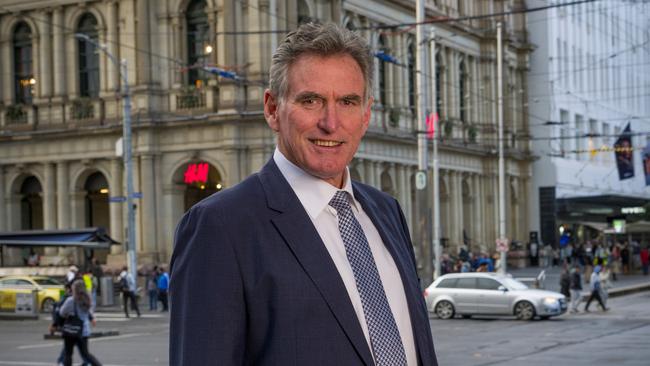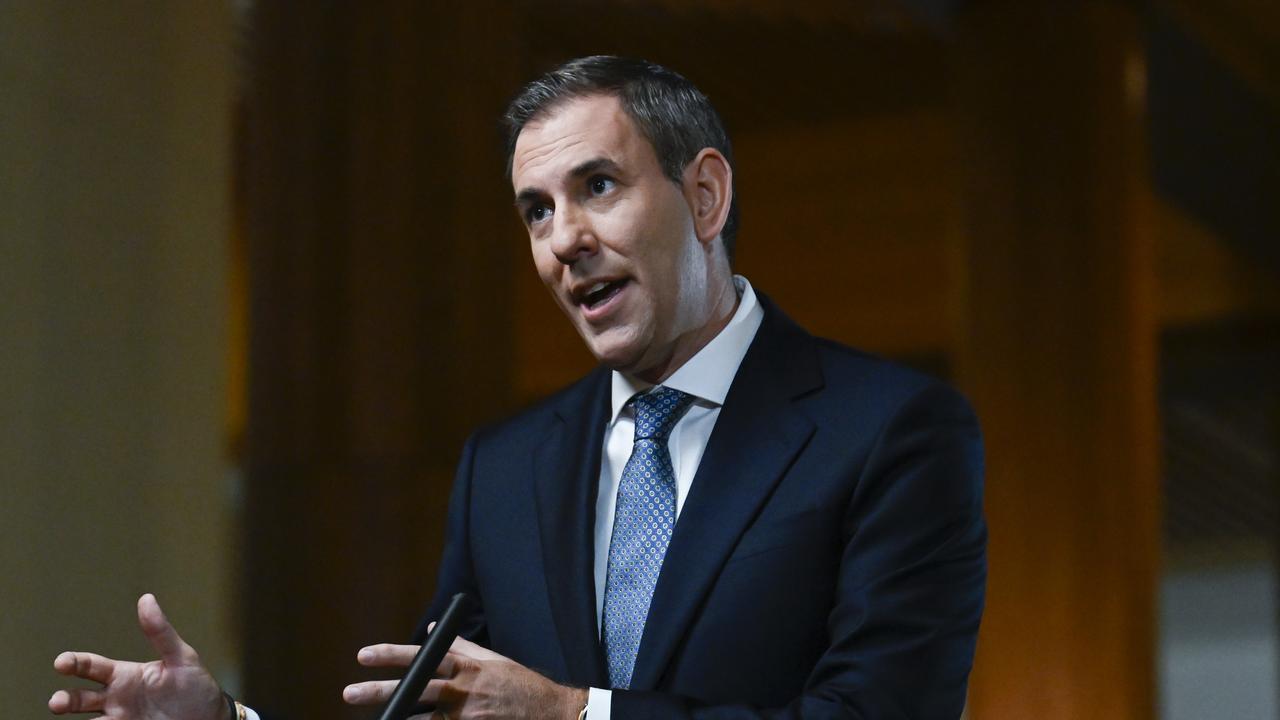
But in the six days it took them to update investors on their operations and outlook – from May 4 to May 9 – the big four banks’ market values lost $7bn and analysts downgraded their earnings forecasts.
It might seem counterintuitive but it’s a relatively simple story.
The reason the bank rally is truly over is that the windfall which came from interest rates moving higher – as banks pass on cash rate hikes to borrowers without increasing deposit rates to savers at the same time, margins improve – has seen its best days.
With fewer potential customers seeking home loans after the central bank increased the cash rates 11 times in the past year, banks have had to fight harder to retain existing customers, often matching the better deals offered by other lenders.
Many borrowers with cheap fixed-rate home loans who reset this year at rates at least 3.75 percentage points higher are also actively looking for the best deals, and some banks seem terrified of missing out.

“Repricing the backbook (old mortgages), new mortgages’ cashbacks, it’s just been an incredibly competitive environment for the banks,” says Matthew Haupt, lead portfolio manager for the Wilson Asset Management’s $1.9bn WAM Leaders fund.
In fighting for market share, “they effectively wiped away what should have been six months of net interest margin (NIM) increases,” he says, referring to the key bank profitability measure that gauges what banks earn on loans less funding costs.
“That started to reverse very early. From October last year, it just got competed away.”
The banks make money on the difference between deposit rates and interest rates, and they have had to compete a bit harder for deposits too. All this, at a time the regional banking crisis in the US is injecting a dose of fear to the market.
“The quality of banks’ revenue composition has deteriorated, we‘re seeing weaker NIM trends across the board,” says Evans and Partners director of banking research Azib Khan.
The big four banks reported a combined 22 per cent increase in interim earnings compared to the past year, driven by fat net interest margins of 1.91 per cent, which is 0.16 percentage points higher than for the same period last year.
Their results were also propped up by very healthy income from their markets operations, including trading income and commodities, foreign exchange and interest rate hedging sales.
“Some of that weakness has been offset by stronger markets income. But I view markets income is a low quality revenue stream because it‘s inherently volatile,” Khan says.
Banks said that margins spreads had peaked in the half, and their share prices had reflected an expectation that margins would remain higher for longer.

Risks are also rising. Although unemployment is still low, the banks noted that more expensive mortgage repayments and the rising cost of living was putting pressure on customers’ ability to repay their loans.
The government expects unemployment – a key driver of bad loans for banks – to increase to 4.25 per cent next year, from 3.50 per cent currently.
National Australia Bank chief Ross McEwan told investors that an increasing number of businesses were enduring periods of stress, particularly in sectors exposed to a slowdown in the economy and demand.
Mr McEwan and his three other big bank CEO counterparts highlighted that indicators of mortgage stress were still near historical lows.
Nevertheless the shares in NAB, the first bank to report interim earnings on May 4, plunged 6.41 per cent – the biggest fall in over a year – after it said its personal banking unit posted a slight decline in earnings as fierce home loan competition and a rise in credit impairments weighed on the division’s result.
High inflation is also making it hard to control costs, with wages one of the highest expense items for the banks. Operating expenses in the first six months of the year increased 4.5 per cent compared to the previous six months, according to PwC, with personnel expenses rising 7 per cent.
Separately, the pressure from higher inflation forced Westpac to walk away from a target to reduce costs to $8.6bn by 2024: ANZ had walked away from a similar target last year.
“Looking ahead, I‘m seeing margin contraction with slowing credit growth. And I think you’ll get flat to declining revenue over the next 12 months,” adds Khan at Evans and Partners. “I can see cost growth exceeding revenue growth, it’s what we call ‘negative jaws’. And that’s putting pressure on the pre-provision profit line.”
In recent years, regulators have forced banks to increase their capital and tighten their lending criteria, leading to a banking system that is well prepared to weather the difficult period ahead.
In the first half of 2023, the banks added 6 per cent to their bad debt provisions to stand at a combined $20.3bn – or 0.66 per cent of total loans – while impaired assets stood at $7bn, highlighting the low level of actual loan losses so far.
On Tuesday, Commonwealth Bank, which has a different financial calendar than its three smaller peers, said it expected further increases in arrears as the full effects of interest rate increases would be borne by borrowers in the months ahead.
Mr Haupt believes bank stocks have been oversold but any bounce back will be short term.
“ I think the trend is quite clear, conditions are going to get slightly worse for the banks from here,” Mr Haupt says.
“At this point in the cycle, moving away from financials is probably not a bad thing.”




The big four banks’ first six months of the financial year produced record profits with double-digit earnings growth and higher dividends, helped by cash rate increases not seen since the 1990s.